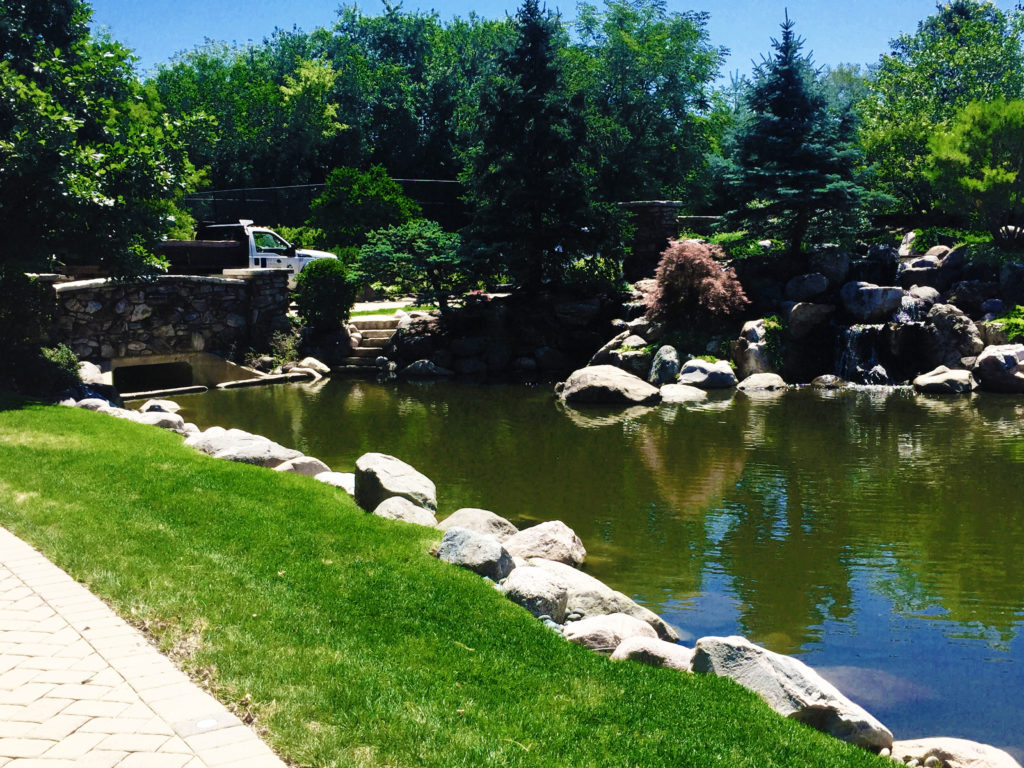
As the winter season approaches, the time is ideal to give your plants a little TLC. Renewing your plants and repairing any damage that may have happened during the growing season is important to keep your plants looking great and staying healthy. Dormant pruning is a beneficial horticultural practice that is performed in the winter months when deciduous trees and shrubs are dormant and before new growth begins. Pruning back plants in the winter puts less stress on the plant than during the growing season. Also after the leaves have fallen, there is better access to the tree’s structure so it can be pruned to maintain the best shape and form.
Properly performed dormant pruning provides many benefits for your plants:
- Improves the health and quality of plants by removing damaged, dead, diseased or cross branching
- Helps prevent serious diseases
- Controls the size and shape of plants to maintain their natural shape
- Controls the shape of higher maintenance topiaries and hedges
- Improves the quality and quantity of flowers, fruits, foliage and stems
This is a time to repair the damage that many plants sustained as result of this season’s record-breaking drought. While plants are dormant during the winter months, research proves they are still active at the cellular level. Thus, taking remedial steps now enables the entire plant system to adapt, thereby resulting in increased vigor and beauty during the next growing season.
The three main types of dormant pruning:
Renovation / Rejuvenation – This is cutting the oldest branches at or near ground level. Sometimes entire plants are cut to ground level to flush up new growth during the next growing season.
Thinning – Cutting the entire twig or branch where it is attached to the main stem. Some stems should be cut off at ground level.
Heading Back – Reduces the overall height or size of a plant by cutting off end portions of twigs or branches back to a bud or another side branch
Dead, broken, diseased, and crossed branches should be removed to restore the natural habit and shape of trees and shrubs to maximize their ornamental beauty. When trees and shrubs experience stress as they did this dry summer, it is necessary to not only remove the dead or declining branches for optimum appearance, but also to reduce and balance the crown (everything above ground) so that the root system can capably support it. Crown reduction is essential for ensuring the health of the plant as it matures. Over time the vigor naturally declines, thereby requiring gradual pruning by someone with a good eye or better yet – trained professionals with an eye on the future.
It is important to protect and maximize the long-term value of your landscape by taking proactive steps to care for your plants.

If you need help with your dormant pruning, call 815-459-7926 to schedule a consultation or to get on our schedule before the snow flies.
It’s easy to take the winter off from you garden, but your plants will thank you for the trim. What’s better than happy plants?
Images courtesy of maple /FreeDigitalPhotos.net





